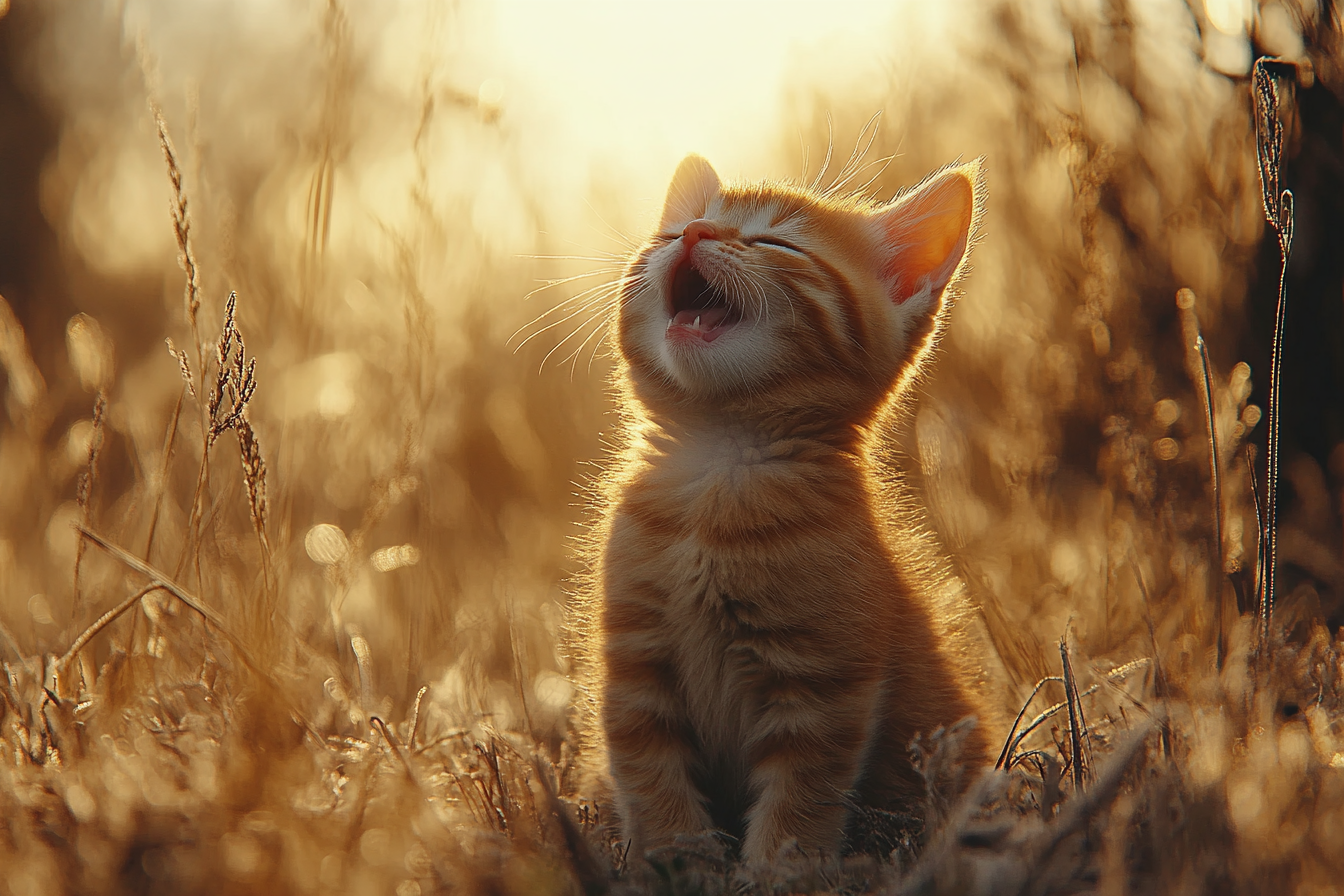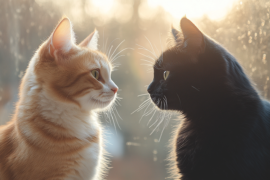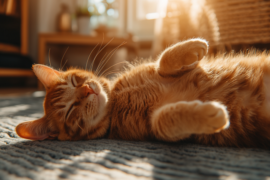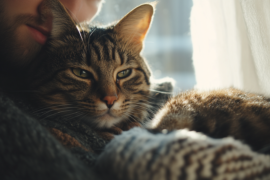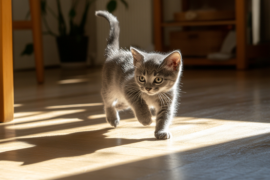Ever wondered what your feline friend is trying to tell you with all those mysterious sounds? As it turns out, cats have developed a sophisticated language specifically for communicating with their human companions.
The Secret Language of Cats
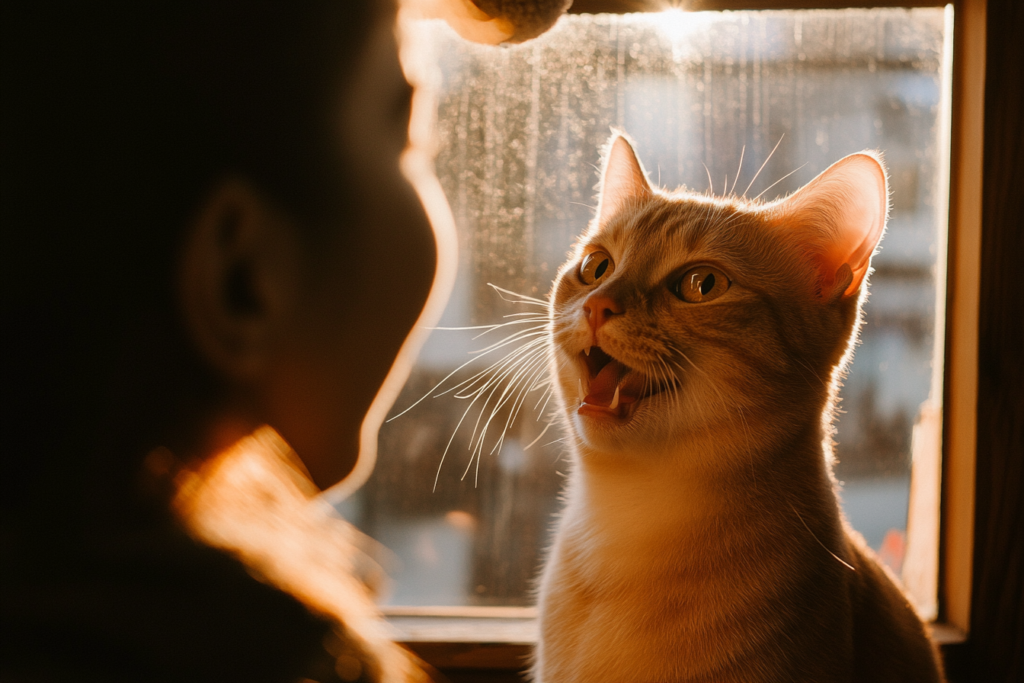
Unlike their interactions with other cats, our furry friends have mastered the art of vocal communication with humans. While they primarily use body language and scent marking with their fellow felines, they’ve figured out that we respond better to sound. That’s why they’ve developed an entire meow vocabulary just for us! Fun fact: adult cats rarely meow at each other – this special language is reserved almost exclusively for their human family.
The Basic Meow Dictionary
Here’s what your cat might be saying with different types of meows:
- Short and sweet meow: “Hey there!”
- Multiple meows in succession: “I’m so happy to see you!”
- Long, drawn-out meooooow: “I need something RIGHT NOW”
From Your Cat’s Perspective
Hey human! Let me tell you a secret about our mealtime conversations. When I sit by my bowl and give you that long, melodic meooooow, I’m not actually starving – I just know it works! We cats have figured out that different pitches and lengths of meows get different responses from you. Pretty clever, right?
The Advanced Meow Guide
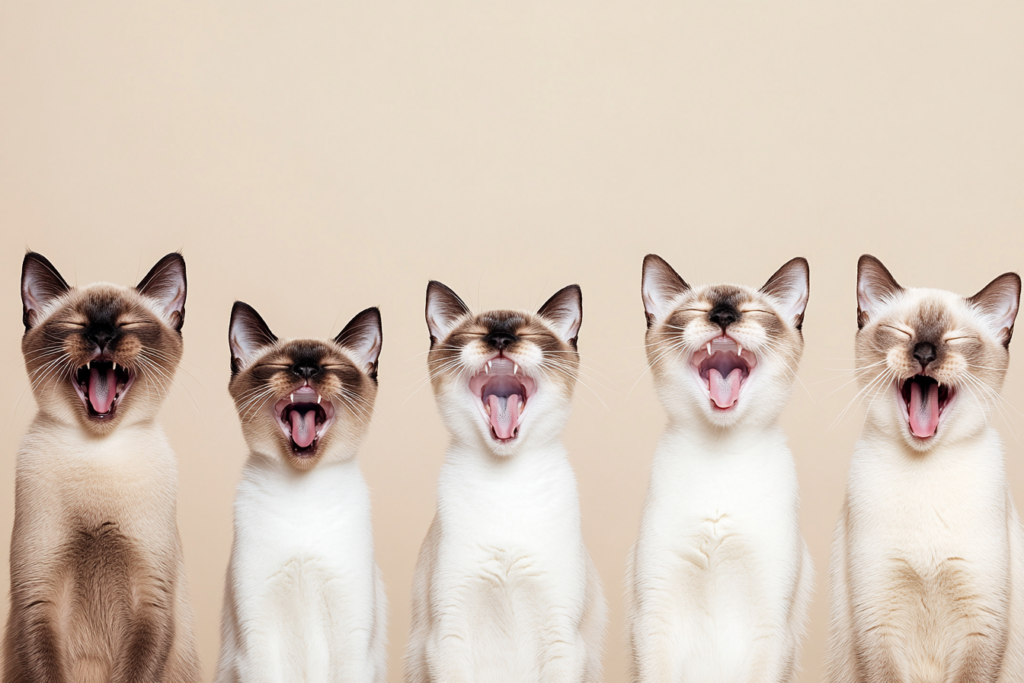
Your cat’s vocal range goes far beyond the basic meow. The pitch and duration of their vocalizations can tell you a lot about their mood and needs:
- High-pitched chirps and trills: Usually signs of excitement or greeting
- Low-pitched meows: Often indicate dissatisfaction or demands
- Rapid-fire meows: Show urgency or extreme excitement
Understanding Night-Time Chatter
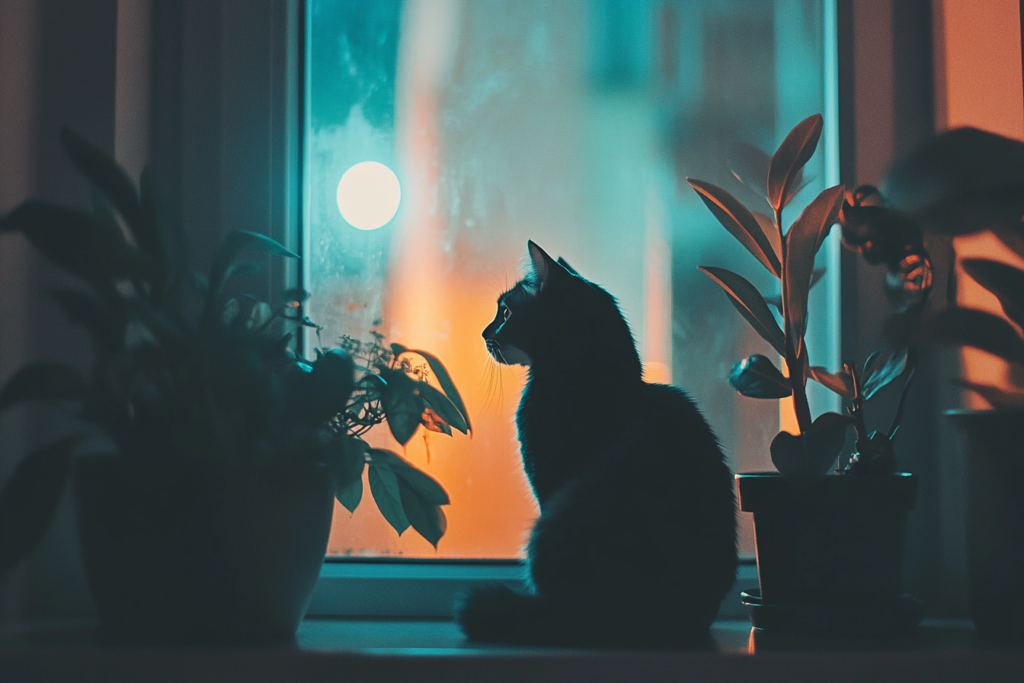
We’ve all been there – it’s 3 AM and your cat is giving their best opera performance. This nocturnal vocal behavior isn’t just to drive you crazy. Cats are naturally more active at dawn and dusk, and their increased vocalization during these times is deeply rooted in their hunting instincts.
Beyond Meows
Your cat’s vocabulary includes several other important sounds:
- Purring: Usually means contentment, but can also signal stress or pain
- Chirping: Often happens when they spot birds or other interesting things
- Hissing: A clear sign they’re feeling threatened or uncomfortable
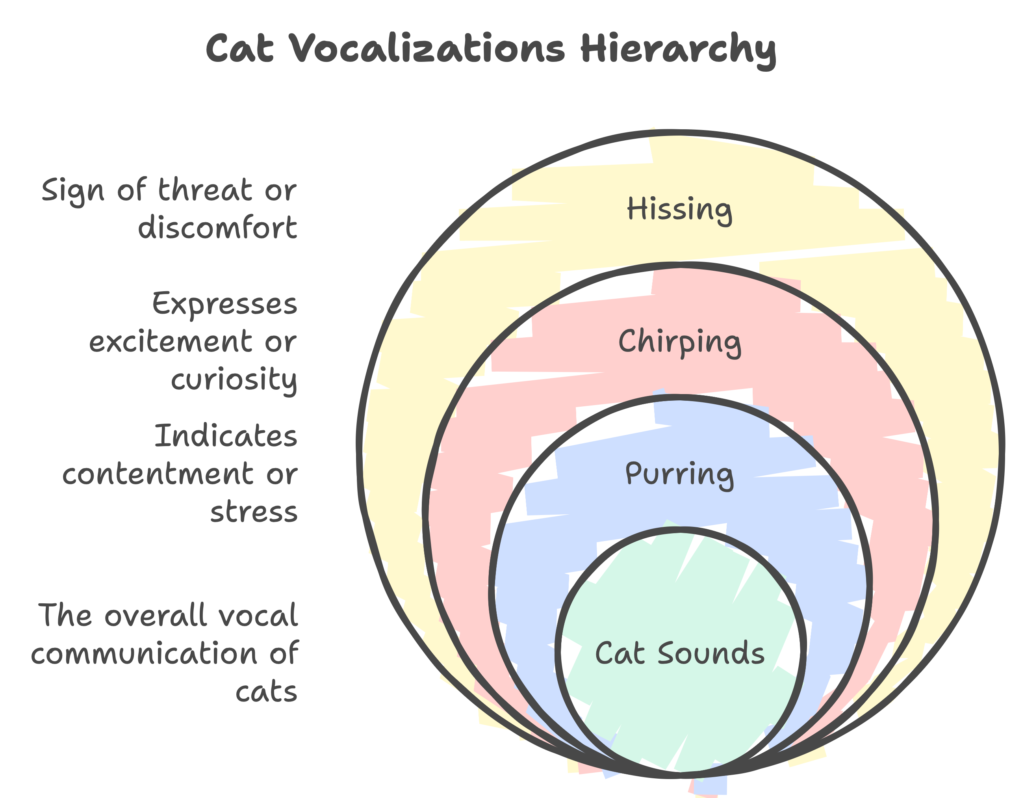
When to Pay Extra Attention
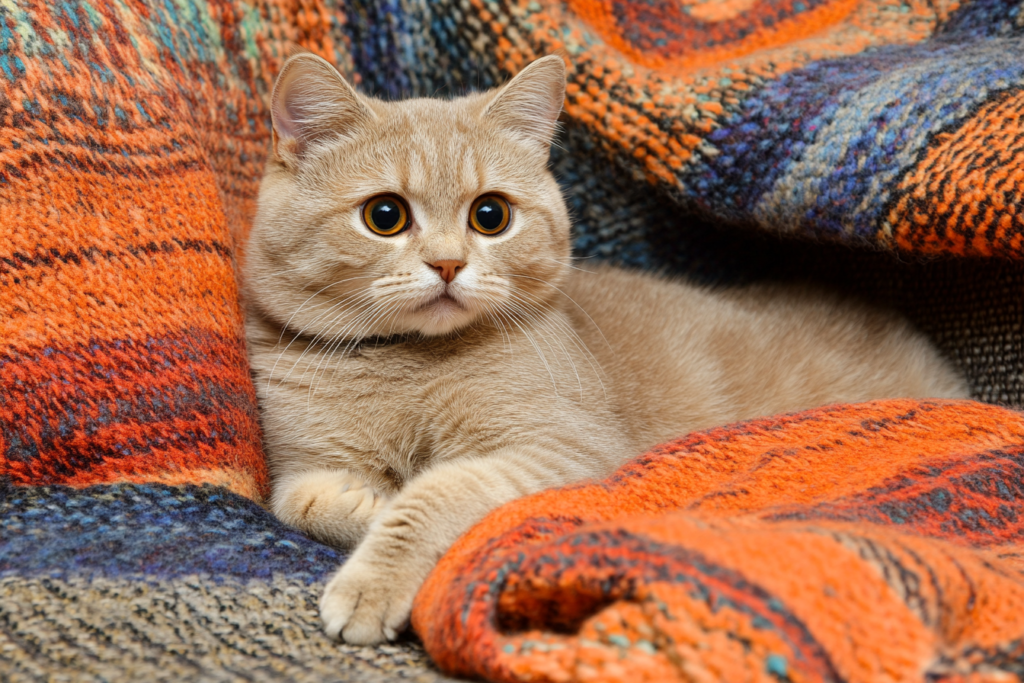
Some vocalizations deserve special attention. If your normally quiet cat suddenly becomes very vocal, or if their meows sound different than usual, it might be time for a vet check. Senior cats often become more vocal as they age, particularly if they’re experiencing hearing loss or cognitive changes.
The Final Purr
Understanding your cat’s unique vocal patterns takes time and attention, but it’s worth the effort. The better you understand their language, the stronger your bond will become. Remember – every cat has their own unique way of communicating, so pay attention to your furry friend’s personal dialect!
Remember: The best way to understand your cat’s language is to spend quality time with them and pay attention to the context of their vocalizations. Their body language, environment, and the time of day can all provide important clues about what they’re trying to tell you.

